The following HOT articles have been highlighted by the reviewers of the articles as being particularly interesting or significant pieces of research. These are all free to access until 28th February 2015. The order they appear in the list has no meaning or ranking.
Microbial electrochemistry and technology: terminology and classification
Uwe Schröder, Falk Harnisch and Largus T. Angenent
DOI: 10.1039/C4EE03359K, Perspective
A silole copolymer containing a ladder-type heptacylic arene and naphthobisoxadiazole moieties for highly efficient polymer solar cells
Zhiyun Zhang, Francis Lin, Hsieh-Chih Chen, Hung-Chin Wu, Chin-Lung Chung, Chien Lu, Shih-Hung Liu, Shih-Huang Tung, Wen-Chang Chen, Ken-Tsung Wong and Pi-Tai Chou
DOI: 10.1039/C4EE03642E, Communication
Material descriptors for predicting thermoelectric performance
Jun Yan, Prashun Gorai, Brenden Ortiz, Sam Miller, Scott A. Barnett, Thomas Mason, Vladan Stevanović and Eric S. Toberer
DOI: 10.1039/C4EE03157A, Paper
Understanding the rate-dependent J–V hysteresis, slow time component, and aging in CH3NH3PbI3 perovskite solar cells: the role of a compensated electric field
W. Tress, N. Marinova, T. Moehl, S. M. Zakeeruddin, Mohammad Khaja Nazeeruddin and M. Grätzel
DOI: 10.1039/C4EE03664F, Paper
Polyoxometalate-functionalized nanocarbon materials for energy conversion, energy storage and sensor systems
Yuanchun Ji, Lujiang Huang, Jun Hu, Carsten Streb and Yu-Fei Song
DOI: 10.1039/C4EE03749A, Review Article
Power-to-What? – Environmental assessment of energy storage systems
André Sternberg and André Bardow
DOI: 10.1039/C4EE03051F, Analysis
Flexible graphene devices related to energy conversion and storage
Xiluan Wang and Gaoquan Shi
DOI: 10.1039/C4EE03685A, Review Article
Light management in thin film silicon solar cells
F.-J. Haug and C. Ballif
DOI: 10.1039/C4EE03346A, Review Article
1,2,4-Triazolium perfluorobutanesulfonate as an archetypal pure protic organic ionic plastic crystal electrolyte for all-solid-state fuel cells
Jiangshui Luo, Annemette H. Jensen, Neil R. Brooks, Jeroen Sniekers, Martin Knipper, David Aili, Qingfeng Li, Bram Vanroy, Michael Wübbenhorst, Feng Yan, Luc Van Meervelt, Zhigang Shao, Jianhua Fang, Zheng-Hong Luo, Dirk E. De Vos, Koen Binnemans and Jan Fransaer
DOI: 10.1039/C4EE02280G, Paper
The materials genome in action: identifying the performance limits for methane storage
Cory M. Simon, Jihan Kim, Diego A. Gomez-Gualdron, Jeffrey S. Camp, Yongchul G. Chung, Richard L. Martin, Rocio Mercado, Michael W. Deem, Dan Gunter, Maciej Haranczyk, David S. Sholl, Randall Q. Snurr and Berend Smit
DOI: 10.1039/C4EE03515A, Perspective
Bioelectrodes modified with chitosan for long-term energy supply from the body
S. El Ichi, A. Zebda, J.-P. Alcaraz, A. Laaroussi, F. Boucher, J. Boutonnat, N. Reverdy-Bruas, D. Chaussy, M. N. Belgacem, P. Cinquin and D. K. Martin
DOI: 10.1039/C4EE03430A, Paper
Zhaoling Li, Jun Chen, Jin Yang, Yuanjie Su, Xing Fan, Ying Wu, Chongwen Yu and Zhong Lin Wang
DOI: 10.1039/C4EE03596H, Communication
Luca Bertoluzzi, Rafael S. Sanchez, Linfeng Liu, Jin-Wook Lee, Elena Mas-Marza, Hongwei Han, Nam-Gyu Park, Ivan Mora-Sero and Juan Bisquert
DOI: 10.1039/C4EE03171G, Communication
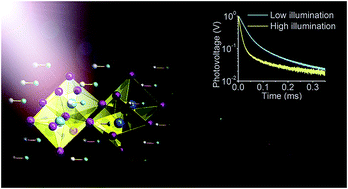


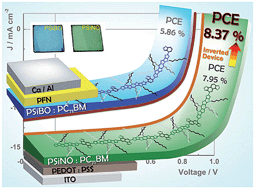
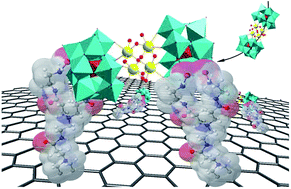










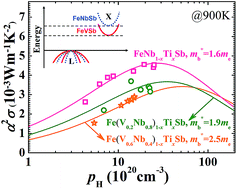
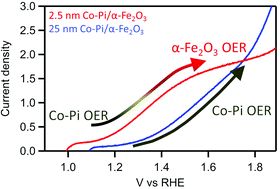
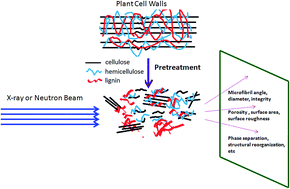
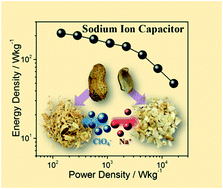




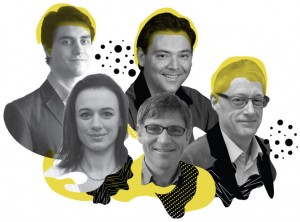

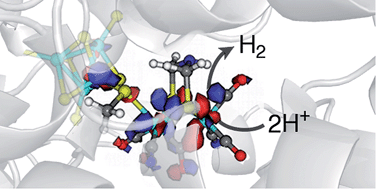
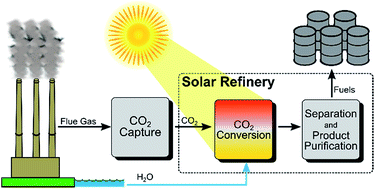
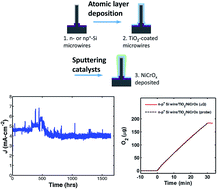

 five.
five.